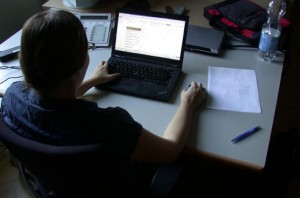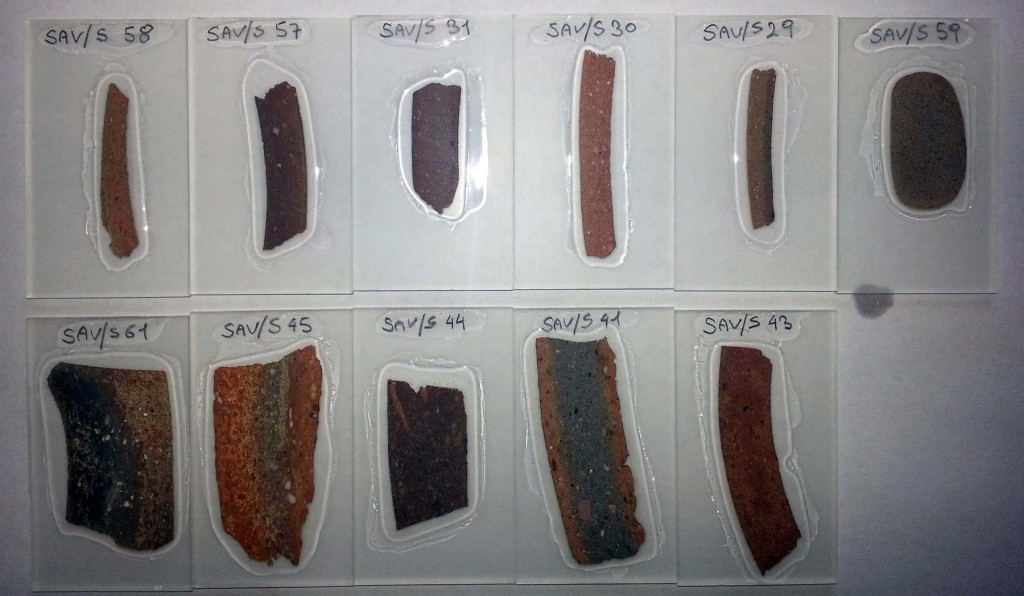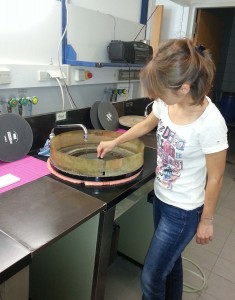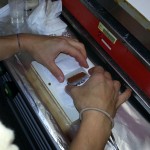Back in Vienna, all of us are engaged with several tasks, most of them of course connected with the field season 2014.
I am still busy with finalising reports and accounts, hoping to finish the administrative aftermath of the season as soon as possible!
Giulia is particularly occupied as we brought a large number of ceramics samples to Vienna, thanks to the kind permission of NCAM. Two sets of new samples are already prepared for iNAA – Johannes Sterba and his colleague at the Atominstitut have been most efficiently as usual! Tomorrow we have an appointment at the Geozentrum in order to arrange the next thin sections – we are in particular focusing this time on Nubian fine wares (Black topped cups and beakers) and Egyptian wheel-made cooking pots. The latter are most likely real Egyptian products in a very sandy Nile E variant – of course this macroscopic assessment has to be checked by petrographic and chemical analysis.
Jördis is currently updating our literature database – a number of very important articles have been published recently. Especially stimulating and a must-read for all interested in Nubian archaeology is the special new issue of the Journal of Ancient Egyptian Interconnections! A particular inspiring paper by Neal Spencer on “Creating and Re-Shaping Egypt in Kush: Responses at Amara West” corresponds nicely to AcrossBorders’ focus and aims.
Nadia is working on the samples of animal bones we took from Sai to Vienna – it’s a nice collection from SAV1 North, from Levels 5-3, thus datable to Dynasty 18.
SAV1 North is also the prime task for Florence – she is currently integrating her new data about the architecture gathered at the site in February with the previous documentation from earlier years.
Elke has started again with digitalising new pottery drawings and Daniela is helping me with the database of the small finds – focusing on the new objects from SAV1 West and reworking some of the photographs.
It’s hard to believe that we left Sai Island already more than a month ago – but all the data collected there will keep us busy during the next months!







